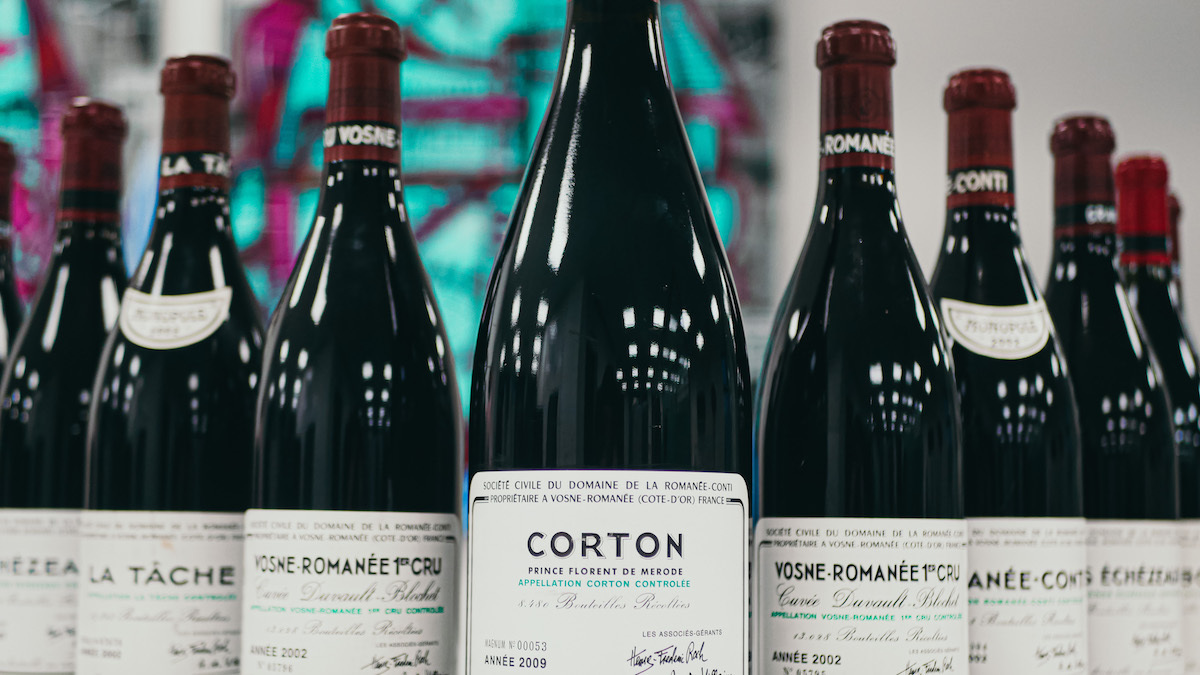Can wine investment protect against an overvalued US stock market?
Sponsored by OenoFuture
Justin Knock, Oenofuture’s Master of Wine, explains how wine investment can offer a safe and profitable alternative to the overheated US stock market
Investors have enjoyed a remarkably successful 12 months since the depths of the pandemic bear-market and are now wondering where markets can go from here. Rising yields on US treasuries, thanks to improving consumer and business sentiment, has elevated inflation expectations throwing shade on growth stocks and cast a light on the very high valuations of US stocks overall.
Yet with unprecedented amounts of monetary expansion and plans for enormous US fiscal spending, there are extremely strong arguments for both bullish and bearish scenarios ahead. One safe haven that’s attracting a lot of attention is the fine wine market, a highly sought-after alternative asset that offers steady annual returns of 10 to 15 per cent and very low correlation to the stock market. It can be an excellent area in which to invest profits from shares that may have become fully valued.
Fine wine’s performance compared with stocks is certainly compelling. If you had invested $100 in the fine wine market in 1952, your investment would now be worth $420,000. On the other hand, $100 invested in the stock market would now be worth a modest $100,000. Typical holds in the fine wine market range tend to be long-term, usually between five to ten years, but even over a shorter time-frame healthy returns can be made. For example, wines from Domaine de la Romanée-Conti, arguably the world’s most prestigious winery, regularly show rises in valuation of 150 to 200 per cent over a five-year period.
Unlike almost any other type of investment, fine wine also has the unique advantage of being a tangible asset that’s made to be drunk and enjoyed. Most of the world’s top producers create tiny quantities of their best wines every year, and over time the number of bottles from a given vintage dwindles as they are consumed. This means pricing is mostly determined by a very simple economic model – supply and demand. And after a tumultuous pandemic year, the demand for fine and luxury wine has never been higher both in established markets such as the US and Europe and younger wine-consuming markets such as China and Brazil.
Traditional wine investment, almost exclusively in producers from France, has been a little like the infamous Hotel California: check in any time you like, but leaving can be difficult. Finding reliable and timely exit strategies can be challenging. OenoFuture is unique among wine investment companies in being able to offer both multiple and diversified exit strategies and timing advice.